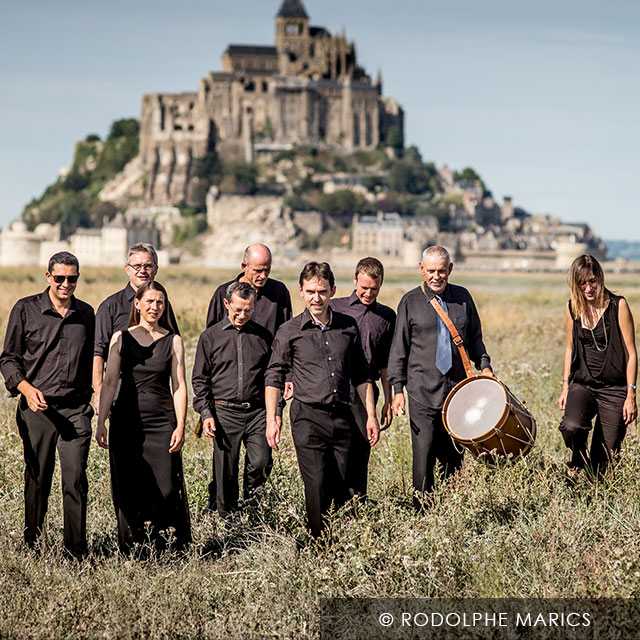Description
Neuf olympiades et un an intercalare après, ô belle mentule! voire, diz-je, mémoire ! Je soloecise souvent en la symbolization et colliguance de ces deux motz, je oiiy Adrian Villart, Gombert, Janequin, Arcadelt, Claudin, Certon, Manchicourt, Auxerre, Villiers, Sandrin, Sohier, Hesdin, Morales, Passereau, Maille, Maillard, Jacotin, Heurteur, Verdelot, Carpentras, Lheritier, Cadeac, Doublet, Vermont, Bouteiller, Lupi, Pagnier, Millet, du Mollin, Alaire, Marault, Morpain, Gendre, et autres joyeulx musiciens en un jardin secret, soubz belle feuillade , au tour d’un rempart de flaccons, jambons, patez, et diverses cailles coyphées, mignonnement chantant…
Rabelais, Prologue de Gargantua
Doulce Mémoire is, above all, the spirit of Renaissance, a great era that was full of discoveries, inventions, travel and creativiity. It comprises a team of devoted musicians and singers, bound together for the last twenty five years. Doulce Mémoire has performed through the whole of France on the stages of operas, in festivals and national stages, and also in the great international capitals. It invites us to discover music that was enjoyed by internationally famous geniuses who were known through the Renaissance : Leonardo da Vinci, Michelangelo, Rabelais, François Ist, etc.
For its Fez performance, the group offer a special repertoire of Italian brotherhood songs of the Renaissance. The brotherhoods are laic associations with a spiritual and charitable purpose, under the patronage of a saint patron. They have been in existence for a long time in the Christian world, in parallel with official churches and religious orders. They were encouraged by the church which appreciated their action within the city and their social supervisory role, as well as their fervor and devotion during the religious parades. Brotherhoos have assigned themselves missions of charity, assistance to sick and poor people, and brotherly mutual help, as well as transmission of ancestral traditions, rituals, devotion exercises and music to support intercession prayers. During the XVIth Century, daily worship in the churches was sung in Gregorian by the cantors. All singing was done in Latin, the official language of the church. Within the brotherhoods, it was of course impossible to perform such complex music. It was, then, necessary to create a repertoire of devotion that was easy, written in Latin, so that it could be performed by all people, that is lauds. They were characterized by the simplicity of the melodic line and harmonization of the voices, with lauds being normally sung by three or four voices.
Doulce Mémoire est soutenu par la Région Centre-Val de Loire et le Ministère de la Culture et de la Communication/ DRAC du Centre-Val de Loire, au titre de l’aide aux ensembles conventionnés. Doulce Mémoire est soutenu par le Conseil départemental d’Indre-et-Loire, le Ministère des Affaires étrangères/Institut Français et la Ville de Tours. Doulce Mémoire est membre de la FEVIS, du syndicat Profedim et du Bureau export. Il reçoit le soutien ponctuel de la Spedidam, de l’Adami et du FCM.




